Which are some of the scientists who didn’t get enough credit?
Science helps us better understand the everyday phenomena around us. It allows us to make sense of what is happening, why it’s happening, and how it will affect us. It helps experts come up with solutions to problems. Last but not least, it reminds us of forces at work on our planet and in the universe that are way more powerful than ourselves.
Science has also given us some of the most important humans to ever live. From Isaac Newton to Nikola Tesla, Leonardo da Vinci to Aristotle, and Albert Einstein to Charles Darwin, illustrious scientists have literally changed the world we live in.
However, while they have made vast contributions to the world of science, for one reason or another, some scientists who didn’t get enough credit during their lifetime are rather forgotten.
So, in this article, we aim to highlight some legendary people and their legacy. Here are 10 scientists who didn’t get enough credit!
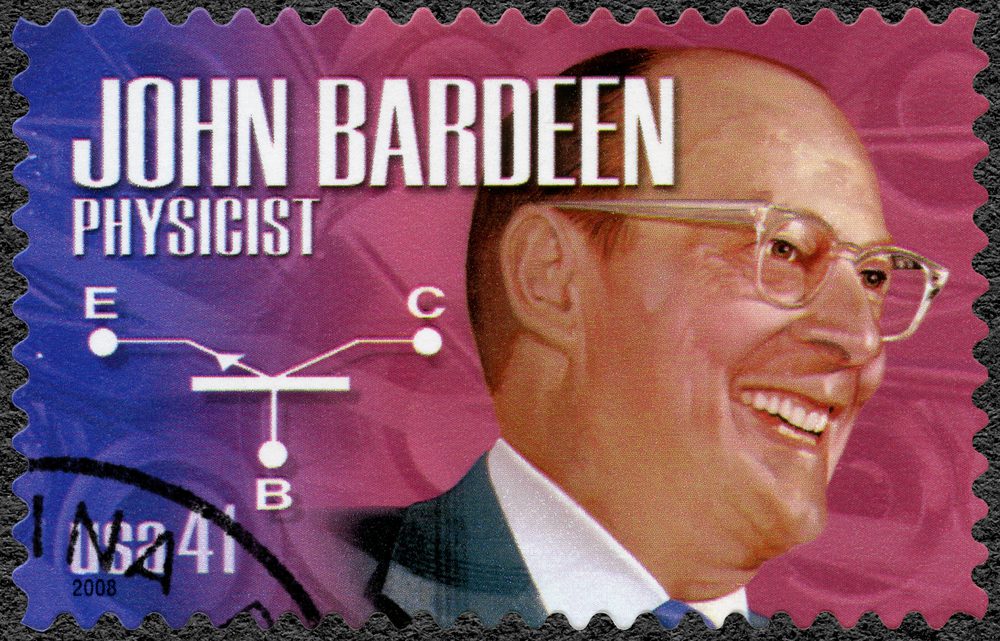
1. John Bardeen
No. 1 on our list of scientists who didn’t get enough credit is John Bardeen. He was an American electrical engineer and physicist who is known for being the only person to earn the Nobel Prize in Physics twice.
In 1956, Bardeen won the prestigious prize with Walter Brattain and William Shockley for the invention of the transistor. In 1972, he shared the same honor for the second time, this time with Jogn Robert Schrieffer and Leon N. Cooper, for a fundamental theory of conventional superconductivity, also known as the BCS theory.
As one of the scientists who didn’t get enough credit, Bardeen’s contributions to superconductivity are widely used in medical magnetic resonance imaging (MRI) and nuclear magnetic resonance spectroscopy (NMR).
2. Paul Otlet
Next on our list of scientists who didn’t get enough credit is Paul Otlet. A Belgian lawyer, entrepreneur, author, and peace activist, he was a symbolic figure in the world of documentation and remains relevant to this day.
He was highly innovative and left behind an original body of work in a range of multiple fields, including schematics, photography, the encyclopedia, and museography. He was the one who predicted the rise of the Internet before World War II.
Otlet was “legally to blame” for the adoption in Europe of the American 3×5-inch index card, which was used until recently in most library catalogs across the world. Eventually, this index card was replaced by the online public access catalog (OPAC).
3. Fritz Haber
Fritz Haber also makes our list of scientists who didn’t get enough credit. He was a German physical chemist, a foreign member of the US National Academy of Sciences, and a Nobel laureate.
Haber invented the Haber-Bosch process, an invention of great significance for the large-scale synthesis of explosives and fertilizers, for which he was awarded the Nobel Prize in Chemistry in 1918.
To get an idea of how much his work changed the world, keep in mind that this method for producing nitrogen fertilizers is used to produce up to 50% of the world’s current population’s food production.
4. Justus von Liebig
Justus von Liebig was a German scientist who made significant contributions to biological and agricultural chemistry. While he’s considered the founder of organic chemistry, he’s one of the scientists who didn’t get enough credit.
He’s also known as the inventor of the fertilizer industry for his emphasis on trace minerals and nitrogen as essential plant nutrients. He also formulated the law of the minimum, according to which plant growth will be affected if one of the essential plant nutrients is lacking (even when all other essential nutrients are abundant).
Basically, what Justus von Liebig showed was that plant growth doesn’t actually depend on the total amount of resources available but on the scarcest nutrient resource.
5. Karl Landsteiner
Next on our list of scientists who didn’t get enough credit is Karl Landsteiner. Also a Nobel laureate, he was an Austrian-born American physician, immunologist, and biologist.
In 1900, he completely changed the medical world when he invented the categories for the human body’s different blood groups. This made blood transfusions in much more dangerous conditions possible, so it’s a bit disappointing that Karl Landsteiner is one of the scientists who didn’t get enough credit during their lifetimes.
With his great achievement, the transfusion of blood became safer for patients. This significant medical invention gave him the name father of transfusion medicine. In 1930, he was awarded the prestigious Nobel Prize in Medicine.
6. Ibn al-Haytham
No. 6 on our list of scientists who didn’t get enough credit is Hasan Ibn al-Haytham. An Arab physicist, astronomer, and mathematician, he’s often described as the founder of modern optics.
He studied how light moves and did plenty of experiments using mirrors and lenses. He’s credited with explaining the nature of vision and light, pointing out that the former occurs when the latter reflects from an object and then passes to one’s eyes.
Ibn al-Hautham was also the first to demonstrate through tests how vision occurs in the brain rather than in the eyes, as it was thought to occur until then.
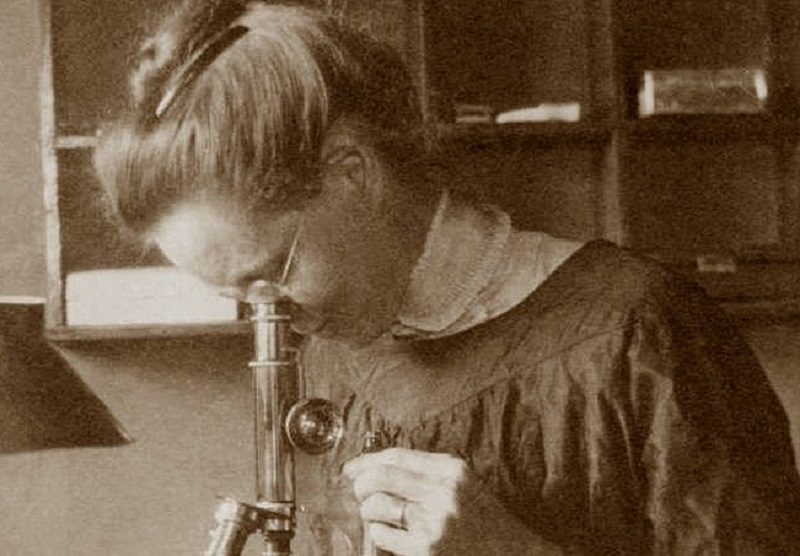
7. Nettie Stevens
The first woman on our list of scientists who didn’t get enough credit, Nettie Stevens, was an American geneticist who discovered the chromosomes carrying genes that determine the sex of individuals. In 1905, she became the first scientist to notice that males produced two kinds of sperm: one with a small chromosome and one with a large chromosome.
She further observed that the small chromosome fertilized eggs produced male chromosomes, while the large chromosome fertilized eggs produced female ones. In 1905, Stevens published a series of papers in which she showed that the chromosomes determine whether an offspring is male or female.
Thanks to her, we refer to these chromosomes today as the X and Y chromosomes. Unfortunately, Nettie Stevens is one of those scientists who didn’t get enough credit during their lifetimes.
Keep reading to discover other scientists who didn’t get enough credit!
8. Chien-Shiung Wu
Chein-Shiung Wu was a Chinese-American experimental physicist whose experiments revolutionized the world’s understanding of nuclear physics. She worked on the Manhattan Project, where she contributed to the development of the method for gaseous difussion’s separation of uranium into its isotopes, uranium-238 and uranium-235.
But Wu is best known for conducting the “Wu experiment,” which showed that parity isn’t conserved. This major discovery earned her colleagues, Chen-Ning Yang and Tsung-Dao Lee, the 1957 Nobel Prize in Physics. Unfortunately, Wu was ignored by the Swedish Academy, which explains why we chose to include her in our list of scientists who didn’t get enough credit.
Regardless, many scientists today consider her the “First Lady of Physics”.
9. Enrico Fermi
Next on our list of scientists who didn’t get enough credit is Enrico Fermi. An Italian-American physicist, he is the creator of the world’s first nuclear reactor, the Chicago P-1. According to several sources, he’s also known within the scientific world as the “architect of the atomic bomb.”
Enrico Fermi excelled in both experimental and theoretical physics, specializing in anything related to the use of nuclear power. He also discovered the statistical law, nowadays known as the “Fermi statistics”.
For his massive contributions to the world of science, he earned the 1938 Nobel Prize in Physics. Still, most people today don’t know about him or the legacy he left behind.
10. Rosalind Franklin
Another woman on our list of scientists who didn’t get enough credit during their lifetimes, Rosalind Franklin, was an English X-ray crystallographer and chemist whose significant contributions set the foundation for understanding the molecular structures of RNA (ribonucleic acid), DNA (deoxyribonucleic acid), coal, graphite, and viruses.
Working in a laboratory environment that was less friendly to female scientists at the time and often in isolation, Rosalind Franklin patiently struggled to demonstrate the structure of DNA through mathematical computations and to capture the B form of it through over 100 hours of photographic exposure.
Even though her work on viruses and coal was appreciated in her lifetime, her contributions to the discovery of the structure of DNA were acknowledged after her death.
11. Tim Berners-Lee
Next on our list of scientists who didn’t get enough credit is Tim Berners-Lee. You probably haven’t heard of him, but the reason you’re able to read this article right now is because of him, as he’s the inventor of the World Wide Web.
An English engineer and computer scientist, Tim Berners-Lee is a man we should all know, celebrate, and thank on a daily basis. Computing came naturally to him, as both of his parents worked on the first commercial computer, the Ferranti Mark I.
He’s also the first to implement communication between a server and a Hypertext Transfer Protocol (HTTP) via the Internet.
12. Ignaz Semmelweis
We all know how important it is to wash our hands, especially after experiencing the coronavirus pandemic. In hospitals, the simple act of handwashing is crucial as it wipes out antibiotic-resistant strains of bacteria.
The practice of “scrubbing up” by surgeons before operations is a well-known routine. But this wasn’t always the case, at least not until the late 1800s. Back then, surgeons didn’t scrub up before surgical operations or even wash their hands between patients. Obviously, this caused infections to be transferred from one patient to another.
Doctors routinely moved from dissecting corpses to examining postpartum women without first washing their hands, causing death by “childbed” fever as a consequence.
Through meticulous analysis, Semmelweist figured out the issue and introduced handwashing rules in the maternity ward. Deaths were significantly reduced, and Semmelwiesen became widely known as the “saviors of the mothers”. Unfortunately, he’s one of the scientists who didn’t get enough credit for his medical contribution.
13. Émilie du Châtelet
Émilie du Châtelet, famous for being Voltaire’s mistress, was actually an intellectual and a talented scientist in her own right. Dealing with challenges that kept women from becoming relevant in the scientific world at the time, she educated herself and conducted experiments in physics.
She was the first person to translate Newton’s “Principia” into French. With persistent effort, she achieved her goal of wrapping up the manuscript just before she passed away in September 1749.
The complete work was published a decade later, when the return of Halley’s Comet gave rise to a renewed interest in Newtonian mechanics. Similar to other scientists who didn’t get enough credit, Émilie du Châtelet’s contributions are rather lost in the mists of time.
14. Alfred Russel Wallace
Next on our list of scientists who didn’t get enough credit is Alfred Russel Wallace. A British explorer, biologist, anthropologist, geographer, and naturalist, he was a man with many positive attributes, without a doubt.
Wallace’s work and research played an essential role in developing the theory of natural selection. His paper on the topic was jointly published with some of Charles Darwin’s works in 1858. This further inspired Darwin to publish his own ideas in the famous “On the Origin of Species”.
According to several sources, Wallace collected over 100,000 animal, bird, and insect species, which he gave to British museums. Despite this, he’s one of the scientists who didn’t get enough credit for their contributions.
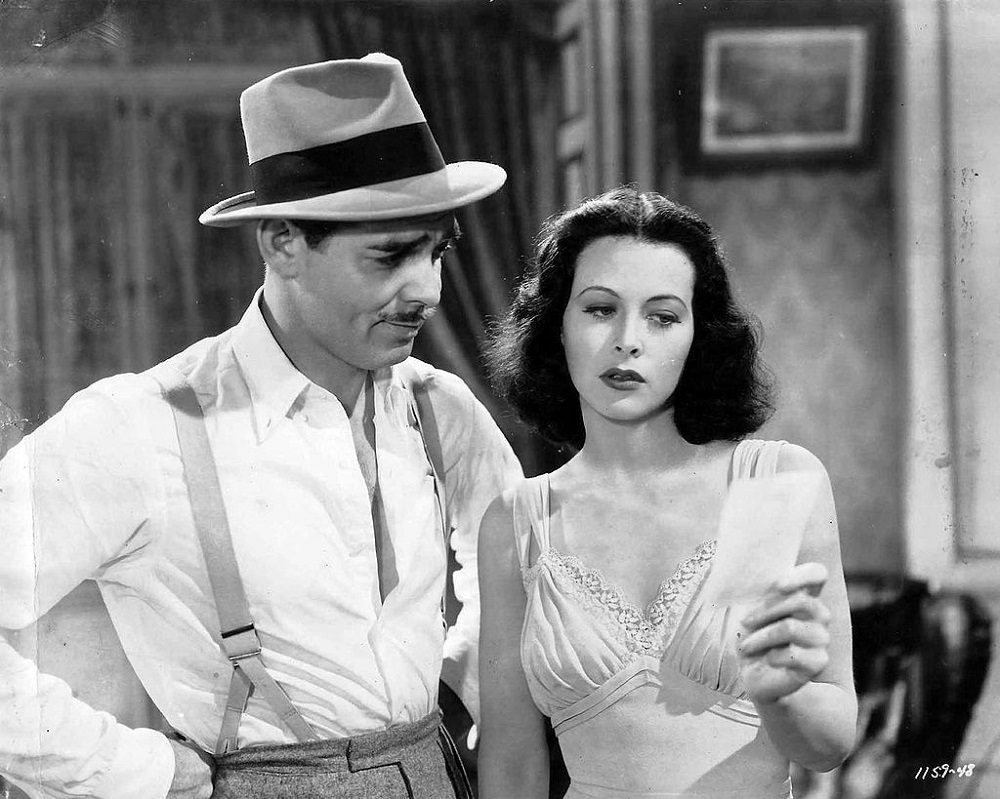
15. Hedy Lamarr
Hedy Lamarr (born Hedwig Eva Maria Kiesler) was an Austro-Hungarian-born American actress who got her first leading role in a German film called “Geld Auf Der Straße” (“Gold on the Street”). She was the first actress to depict a female orgasm in film, and she was mainly famous for her gorgeous looks. You may ask yourself why she is on our list of scientists who didn’t get enough credit.
Lamarr also had incredible scientific talents, but unfortunately, they were vastly overlooked. In the 1940s, Lamarr invented the progenitor of wireless communication, which was used as a secret means of communication during war that could prevent the enemy from interfering with a ship’s torpedoes.
After applying for a patent for her idea, she got it in August 1942 and decided to donate it to the US military. It was eventually used to help fight the Nazis.
If you want to learn more about Hedy Lamarr, Richard Rhodes’ book about her life delivers a remarkable narrative adventure that’s worthwhile reading.
16. Grace Hopper
Another woman on our list of scientists who didn’t get enough credit, Grace Hopper, was an American mathematician, computer scientist, and United States Navy rear admiral.
She was initially rejected to join the US Navy during the Second World War because of her diminutive size and age, but she persisted and finally got assigned to program the Mark I computer. After the war, she continued to work in computing.
Perhaps her best-known contribution was the invention of the compiler, the program that translated English-like commands into the language of the target computer. According to her, she did this out of laziness, hoping at the same time that the programmer would return to being a mathematician.
17. Georgios Papanikolaou
The next on our list of scientists who didn’t get enough credit is Georgios Papanikolaou, a Greek pioneer in cytopathology and early cancer detection. Thanks to him, women across the world can now take a Pap smear test. His invention has saved the lives of millions of women.
Papanicolaou was the first to figure out, in 1928, that uterine cancer cells could be detected in vaginal smears. However, his work and research weren’t widely appreciated until the late 1940s.
In the 1960s, Papanikolaou was invited to the University of Miami to develop and lead the Papanicolaou Cancer Research Institute. Unfortunately, and somehow strangely, he didn’t earn a Nobel Prize for his tremendous contributions to the world of medicine.
18. Joseph Lister
Last but not least on our list of scientists who didn’t get enough credit is Joseph Lister. He was a British surgeon and a pioneer of antiseptic surgery. You’ve probably heard about Listerine mouthwash. Well, the creator of it wanted to name his idea of antiseptic mouthwash after Joseph Lister, who was the founder of the practice of antiseptic medicine.
Lister established the use of carbolic acid to clean wounds and sterilize surgical instruments. He used Pasteur’s breakthrough microbiology to support this new practice and eventually turned carbolic acid into the first widely used antiseptic in surgery.
Lister’s practices in post-operative surgery created a much safer environment for patients, and because of that, he is believed to be the father of modern surgery.
If you liked our article on scientists who didn’t get enough credit, you may also want to read 7 Impressive and Life-Changing Things You Didn’t Know Were Invented by Women!


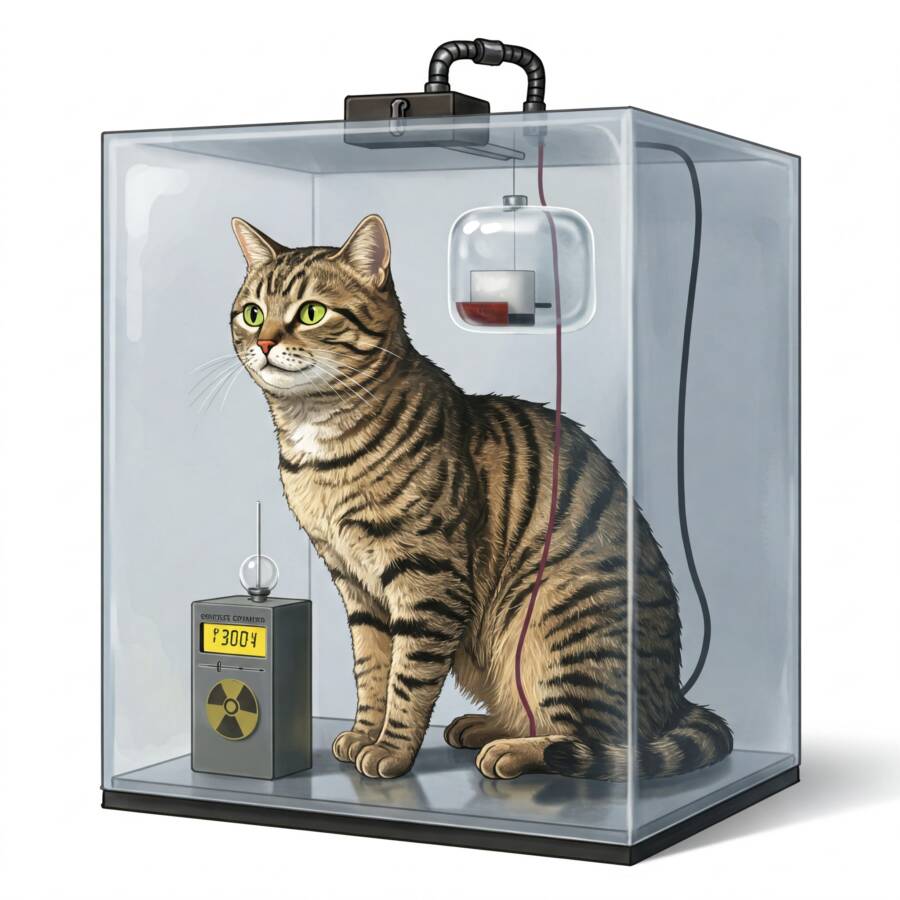




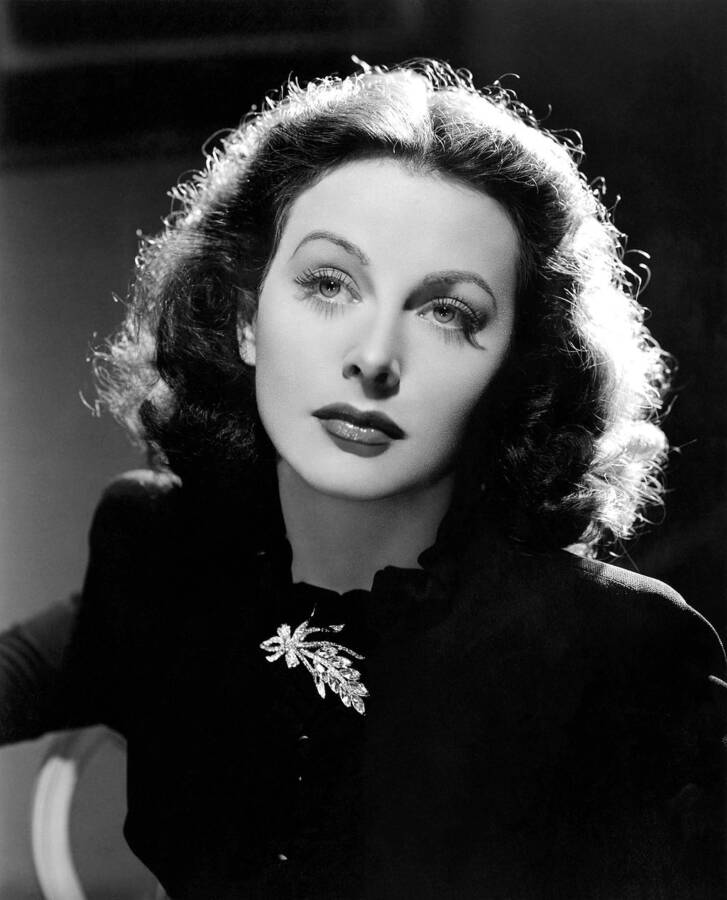



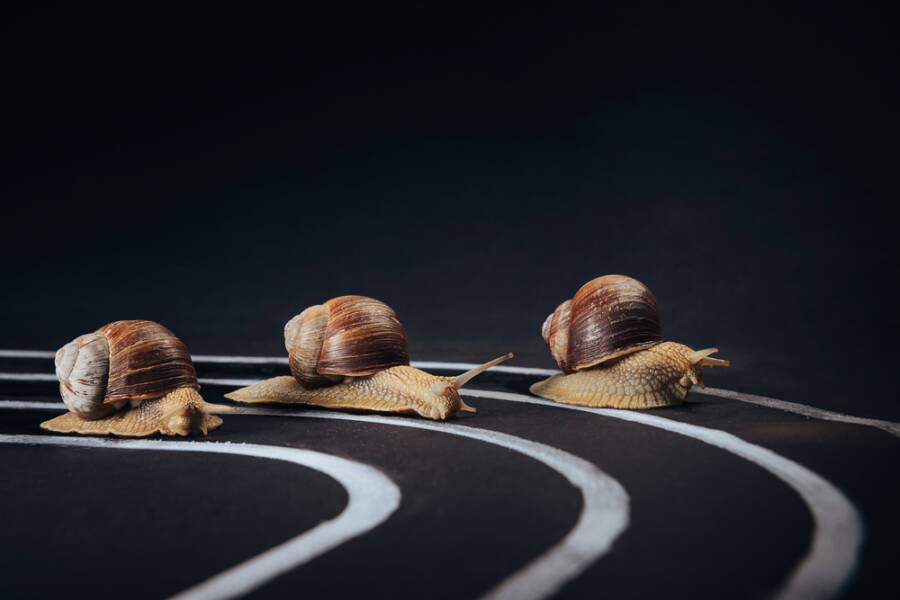


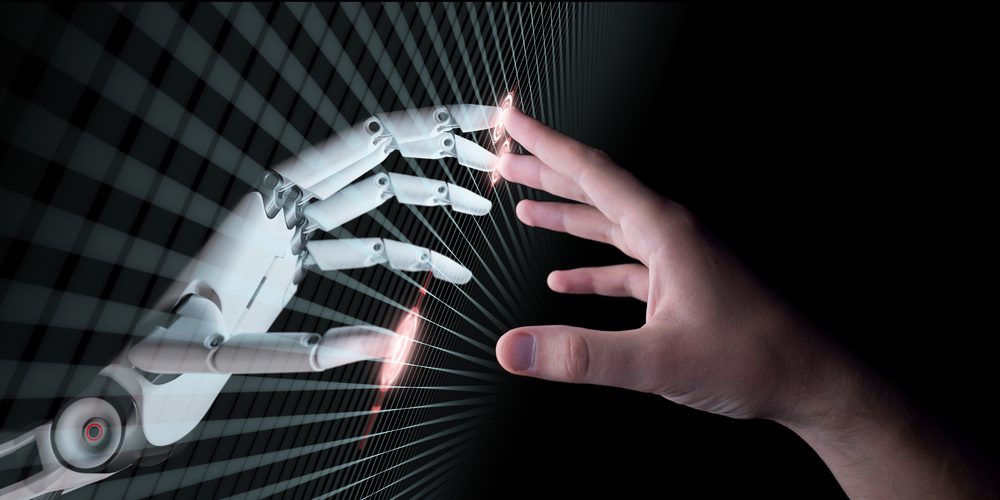
One Response
It is so interesting to read of these phenomenal people from all around the world. Their contributions to humanity cannot be measured. Our societies take what we have for granted, of course, not knowing what life was before. Thank you for sharing this . . . my gratitude to all of these incredible people and the others who have made our lives so much better. Lester Wedekindt